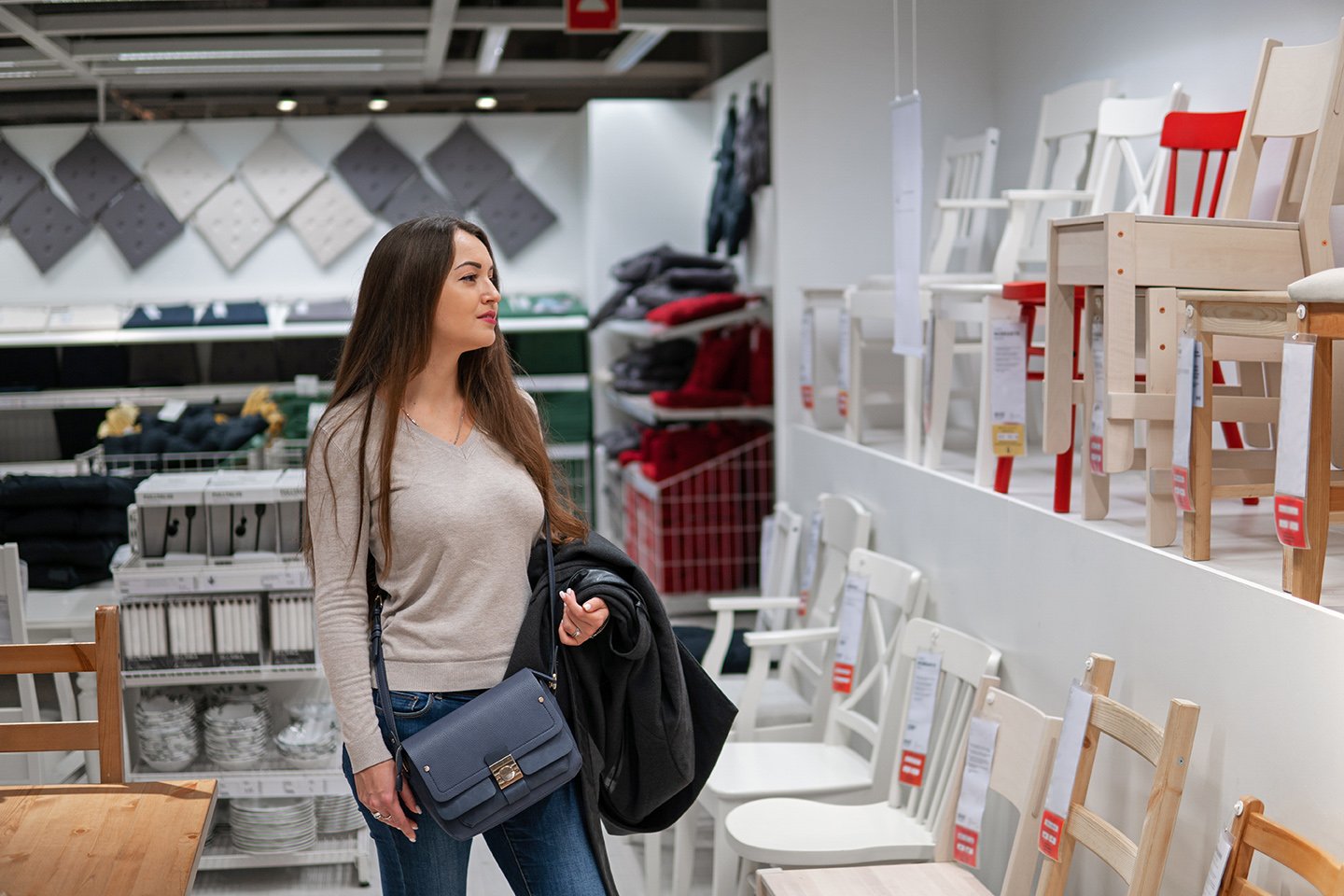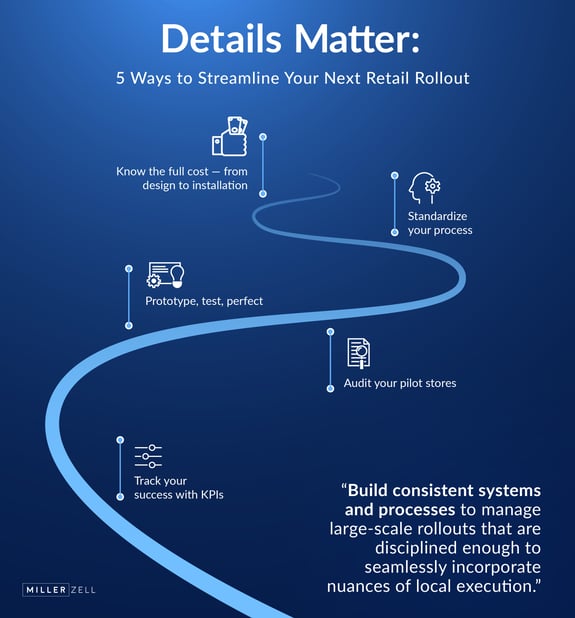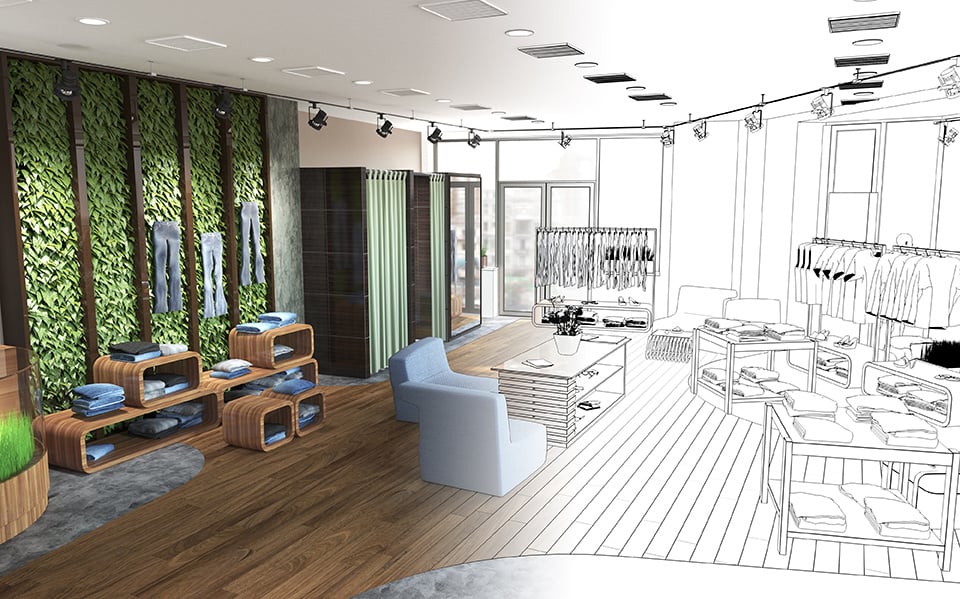Retail Rollout: Turning Consistency into Differentiation
Retail “store consistency” can sound boring — as in, “Brand X’s stores sure are… consistent.”
But consistently good branding and consistently good customer experiences and being consistently better than competitors with rollouts and refreshes sound like a recipe for brick-and-mortar retail success.
In fact, strategic-thinking retailers can turn consistency into a differentiator between rival brands, particularly during a scaled rollout across the country to a variety of stores, regions and footprints.
So how do you build a rollout process that isn’t just about speed of completion but also consistency of outstanding execution? We have some thoughts.
In this blog, we'll discuss
1. Protecting brand identity through a proven process
2. Learnings from successful projects
3. Why process is the differentiator and a strategic advantage

1. Protect brand identity through a proven process
When customers walk into one of your stores — whether it’s a flagship in a major city or a smaller footprint in a regional market — they should feel the same sense of brand identity, service and atmosphere. Maybe even a specific vibe.
That starts with clearly established branding and messaging standards. External and internal signage are often different in form, material selection and purposes. But not with branding, where structured oversight prevents mistakes that can quickly impact rollout timing, efficiency and ultimate success.

Maintaining brand consistency is always Point A for the beginning of concepting and design of any signage or displays, inside and out. No matter the store-to-store differences, it’s important to clearly establish and present your brand identity in brand-consistent ways.
Create a brand playbook that sets standards and an all-encompassing visual language, including logos, colors, fonts, images, primary and secondary slogans and verbiage. This ensures brand-right consistency — from parking, to entrance, to browsing or mission-driven shopping, to checkout to exit.
Establishing guidelines for all types of branding makes new interior or exterior signage or décor elements and innovations easier to implement, wherever your designs, print needs, digital touchpoints or manufacturing originate.
2. Retail consistency? It comes from learnings from successful projects…
… and learnings from projects that weren’t so successful. (We prefer the former but know the value of the latter, too).
Retail rollouts are complicated, even when they aren’t a complete store fleet refresh. Understanding past experiences matters. A lot. Both in terms of what works and what doesn’t, as well as knowing how to solve problems as they appear.
“Every rollout is an opportunity to refine execution and strengthen future programs.”
Insights from one rollout can become the foundation for repeatable, scalable guidelines. Standardized processes allow best practices to be replicated with confidence across multiple regions with a variety of store footprints.
Great project execution means establishing a communication plan, which is typically best served with a single point of contact between retailer and vendor partners, to provide updates, troubleshooting and solutions.
This establishes a problem-solving chain of command, from installers to install managers to project managers, who then know where to take issues to deliver precise and efficient solutions that are consistent with your entire store fleet.

Details matter. Here are some to monitor with your rollout program:
- Be informed and aware of the whole cost from design through installation.
- Establish clear guidelines to monitor and complete material selection, value engineering, fixture assembly methods, warehousing, end-user ergonomics and logistics processes in order to find potential efficiencies, both for present and future rollouts.
- Insist on seeing and experiencing prototypes so you can give feedback before moving to procurement, production and adoption at scale.
- Auditing pilot store executions often leads to valuable learnings that help streamline custom installation and ease of build or even how kit-packed boxes will be organized inside delivery trucks and offloaded into stores.
- Create specific KPIs to track install efficiency/accuracy rate, store readiness and post-launch performance.
Every rollout is an opportunity to refine execution and strengthen future programs. Build consistent systems and processes to manage large-scale rollouts that are disciplined enough to seamlessly incorporate nuances of local execution.
3. Why process is the differentiator
Store design is about shaping how customers move, interact, connect and build loyalty with your brand. But transferring great store designs from paper or screen to hundreds or thousands of stores in a variety of regions with diverse footprints and specific, localized needs requires a consistent, structured approach. Such a disciplined but flexible approach reduces risk, accelerates timelines and streamlines coordination.
“Process is more than operational discipline; it's a strategic advantage.”
Speed and efficiency are important during retail rollouts, but what truly builds long-term value is ensuring that every store location reflects your brand promise with the same level of quality and attention to detail.
Consistent execution builds confidence for internal stakeholders, external partners and in-store associates. A tested, consistent approach ensures that speed never comes at the expense of quality. Every store is a complete, accurate expression of your brand, no matter where it opens.

Process is more than operational discipline; it’s a strategic advantage. With the right framework, rollouts don’t just maintain consistency, they elevate the brand experience and set it apart.
Consistency at scale doesn’t just protect your brand, it amplifies it.